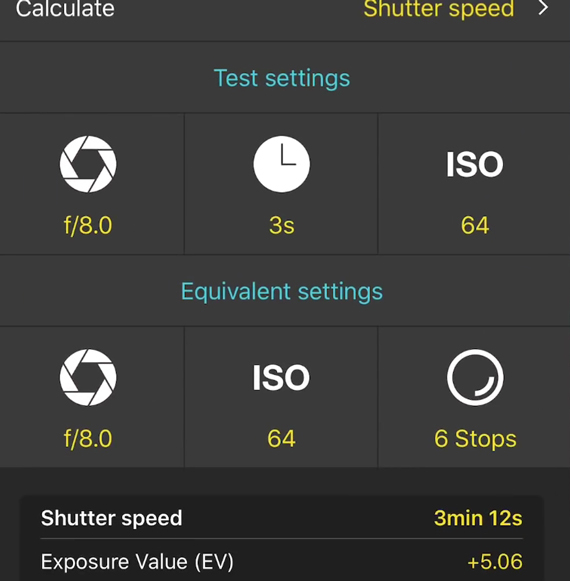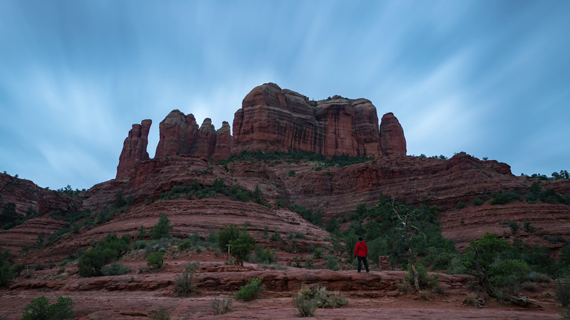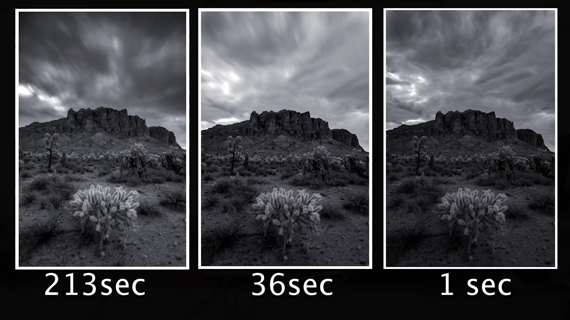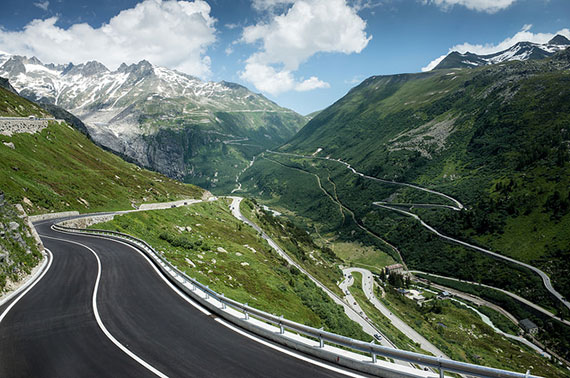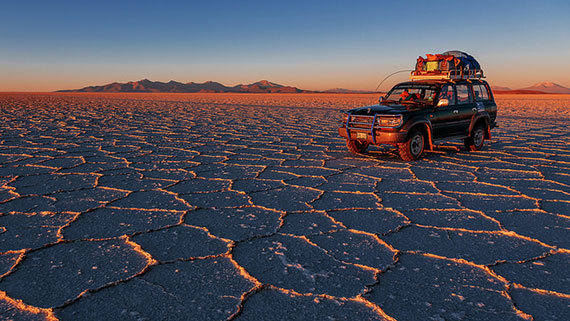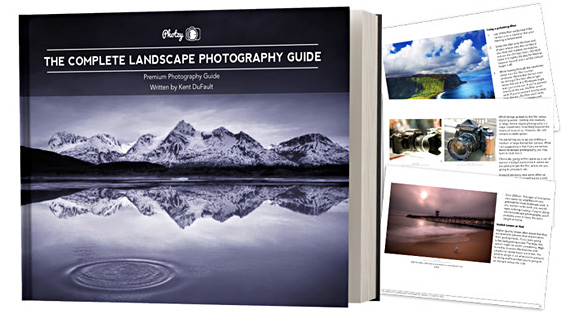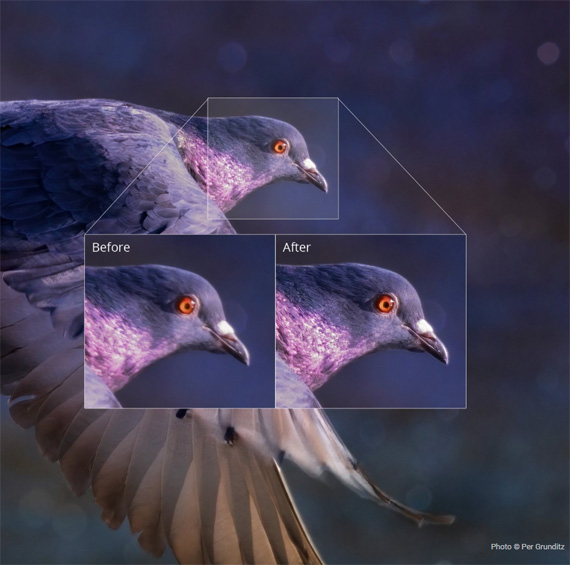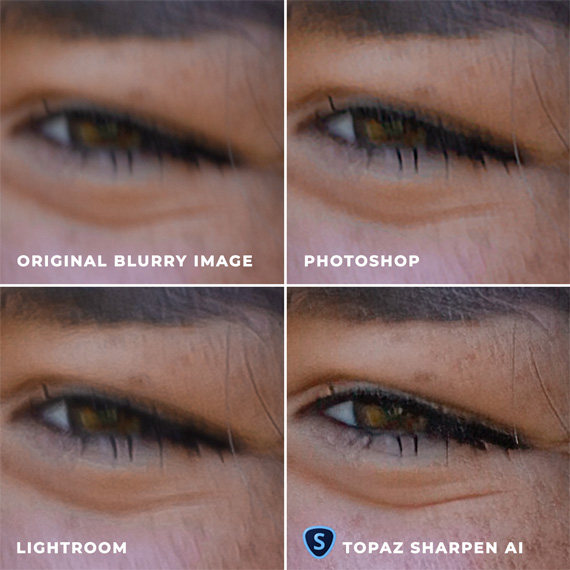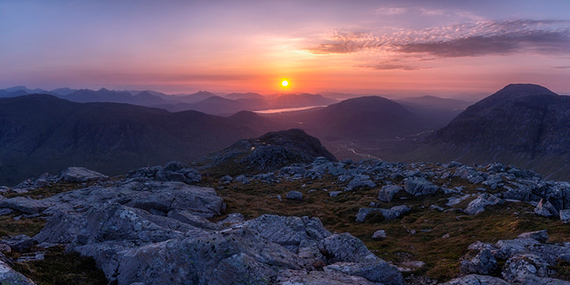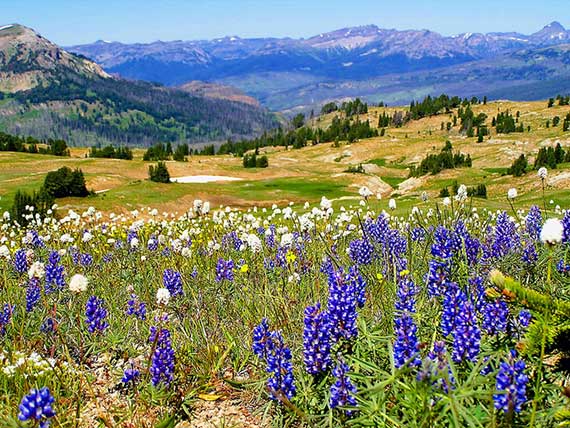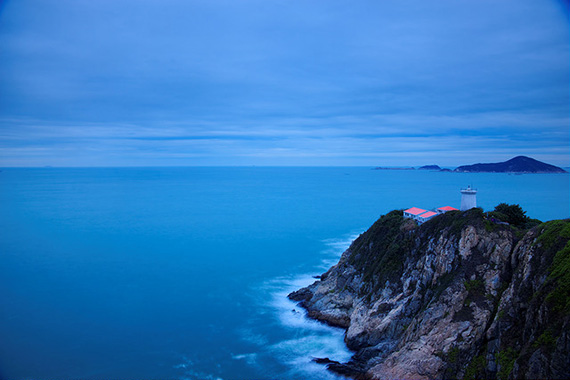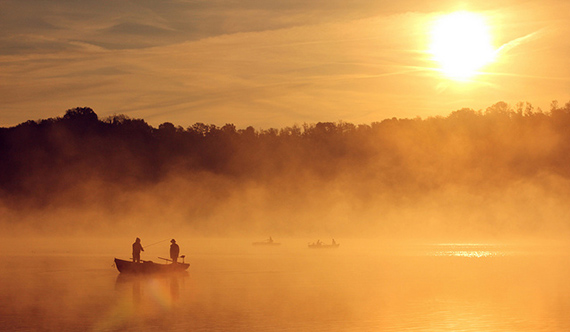It’s a simple question. Why am I taking pictures? What’s so special about photography compared to other visual art forms?
I’m not writing this to give you an answer, but I’m sharing why I love what photography does for me and why I think it’s such a great hobby to integrate into my life, which also resulted to me starting a photography blog site.
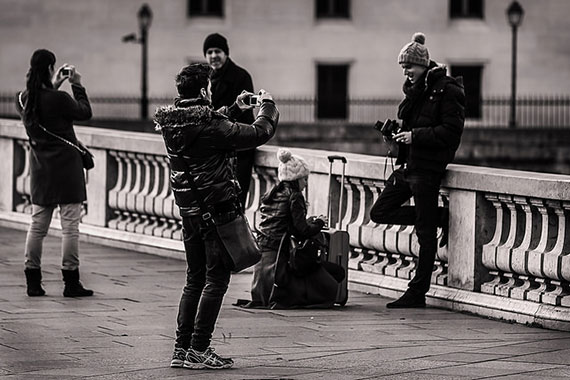
Photo by Vincent Anderlucci; ISO 100, f/4.0, 1/250-second exposure.
Why Photography Means A Lot To Me
As I share my personal reasons to these questions and I’d like to encourage you to add yours in the commenting section as well. Feel free to add a link to your blog or gallery for everyone to enjoy as well.
I’m sure everybody has a GREAT story to tell.
Photography Fills A Need
I believe we all picked up a camera at a very young age, no matter how simple or basic that camera may have been. My first camera was a Canon Snappy 50 given to me by my mom when I was 8. I believe it was because of the 84 Olympics ads that I saw in the magazines that kept advertising this camera. It’s unusually long frame and that little orange tab to make the flash fire were icing on the cake for an 8-yo! I wanted the star-spangled version but that was unavailable in Asia back then.
Anyway, my mom was a shutter bug, not in a technical or artistic sense, however.
Like most moms, she snaps everything and records every little embarrassing memorable moment my sister and I go through. It was like a diary for her, and she ended up having suitcases of photo prints sorted in plastic bags and Dymo labels (remember those? Damn I’m dating myself too much here!).
Fast forward to my grade school and high school years, my camera adventures circled around taking photos of friends, skateboarding antics, and martial art events. In college, the acquisition of a proper SLR opened the floodgate of gear lust and more serious phases of photography.
Now that I’m a father, my camera’s job circled back to what my mom used to do, documenting my son’s adventures. My son’s daily photo diary started four years ago and I’m still doing it now. I wished I was able to start the daily photo project earlier, but at least I took enough pictures of him since birth that my collection can still be considered ‘complete’.
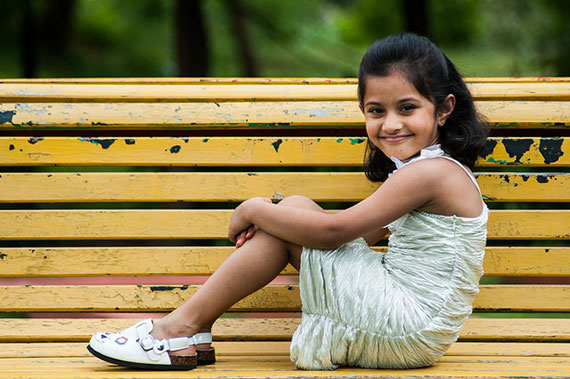
Photo by Saurabh Chatterjee; ISO 200, f/4.8, 1/640-second exposure.
Photography also fills a lot of less personal needs for me. From taking pictures for my businesses, earning opportunities through paid photography services, or even starting my online blogging journey (this site!). I wouldn’t have experienced those things if it wasn’t because of photography.
Practicality
Many feel that photography isn’t an art nor should it deserve as much attention as paintings because it’s relatively easy to get into photography. While I do agree to a certain extent, there are several factors the naysayers fail to realize as well.
Anyone with an image-capturing device can get started with photography, that makes it fun and personal for everyone. Yes, you don’t need talent to take pictures, but unless your goal was to make photography your art medium, there’s nothing wrong with just snapping pictures with no concern on technicalities nor aesthetics.
I don’t think there’ll be many people out there walking into an art store buying a set of paint brushes and start painting out of convenience or impulse. I’ve yet to see a major headline news moment being drawn or painted either, it’s just not an immediate way to communicate compared to photography. Ever wondered why it’s easier to find a camera for sale than a set of art brush?
I appreciate a good sketch or painting as much as anyone, but for a guy like me who has no talent in painting or drawing, there’s a big, invisible wall preventing me from connecting to any paint artist.
A photograph, on the other hand, allows me to imagine as if I’m seeing the place through the eyes of the photographer (I hate that cliché, but there’s no better phrase).
With digital photography, the immediate feedback connects us even faster. Camera phones, remote uploads, social media sharing all allows us to see the world as it happens – yes, even if there’s no skill involved!
Now how is that a bad thing?
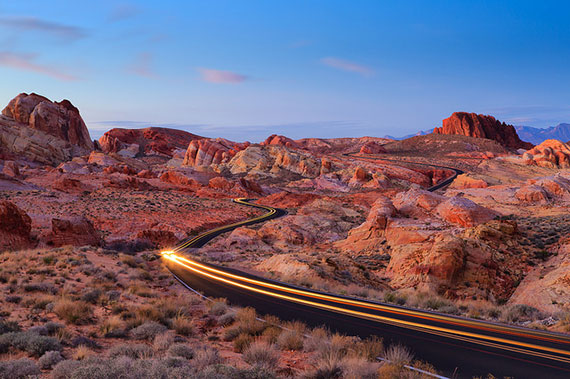
Photo by John Getchel; ISO 100, f/22.0, 30-second exposure.
The Gadgets Are Fun
As with any hobby, the success, growth and longevity depends greatly with its marketability.
The technology revolving around photography is highly addictive and the way brands play into people’s minds produced both amusing conflicts and insipirational camaraderie. The simple fact that most of the products aren’t that different but they are marketed in such a way that only subjective comparisons can be made these days allows photography to be an endless source of debate, which by itself is entertaining and attention grabbing already.
Film cameras in the past get to enjoy a life cycle of about 2-3 years per model. Now in the digital world, even the highest models only get 18 months of life before being supplanted by a new model. Entry level cameras won’t even last a year before they’re due for replacement.
New technologies bring out new needs for additional accessories and gadgets, and for most of us gear heads, we’re more than willing to help out the economy and feed that gear lust of ours.
Immortalizes The Things You Care About
The biggest reason, I believe, is just the ability of capturing a moment as it happens with just a single click of a button. Sure, skilled and experience photographers may capture the scene in a more artistic manner compared to the casual snapper, but the key point is, you captured what you want to remember right then and there!
Our brain and its stored memory are amazing, you can piece together fragments of an event and relive the entire day with ease. If it’s a group event, all of you can recall every single detail collectively with just one photograph. The emotions a photograph can throw back at you can be overwhelming at times regardless of technical execution.
The ability of photography to connect to our past, associate us in an event, and preserve memories without words or interpretation makes it an influential hobby for all of us.
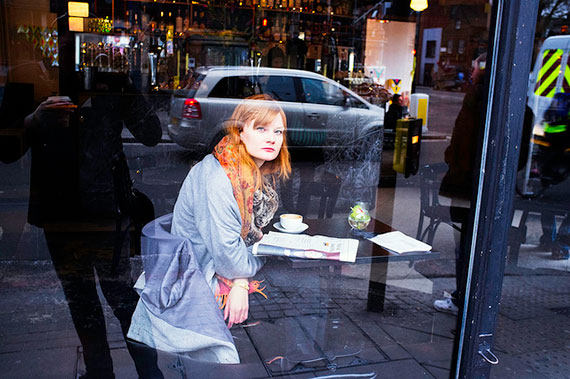
Photo by Chris JL; ISO 3200, f/4.0, 1/80-second exposure.
What’s your story? How did you get started with photography? Where has it taken you and what else will you do with it? Share it below for the world to see.
About the Author:
David (from https://davidleetong.com/) is a freelance photographer, blogger, and writer providing quality and free photography-related tutorials, camera reviews, and Adobe Photoshop tips through his blog and workshops.
Go to full article: Why Photography Is Such A Great Hobby
What are your thoughts on this article? Join the discussion on Facebook
PictureCorrect subscribers can also learn more today with our #1 bestseller: The Photography Tutorial eBook
The post Why Photography Is Such A Great Hobby appeared first on PictureCorrect.
from PictureCorrect https://ift.tt/31zcGUT
via IFTTT






